Wooden picnic tables are environmentally friendly, robust, and above all cost-efficient. It is no secret why they are one of the top choices when used in nature preserves, schools, parks, and outdoor restaurants. However, they do require some level of care to maintain their natural beauty and longevity. Below are some tips on how to get the longest life possible out of a wooden picnic table:
Plank Type
During your wooden picnic table selection or when building your own, the first consideration should be the kind of lumber used. Not all wood timber types are created equally and some come with additional benefits over others. Below are two of the most commonly used lumber used for commercial wooden picnic tables:
Pressure-treated southern yellow pine is among the strongest of the softwood species, making it the most common option for picnic table use. It is also available at a modest budget for the durability it possesses. The treatment process for SYP allows for a preservative solution to saturate deep into the wood cells using an applied pressure within a vacuumed cylinder. This solution not only extends the life of the wood but also adds a protectant agent against insects. Maintenance is required to fortify the solution within the core of the lumber when altered, but more on that later.
Another great option for timber is western red cedar. Not only is it a beautiful hue, but it has a pleasant smell. The most astonishing feature is its raw resistance to decay and pests! This type of wood has its own natural built-in protections and doesn't require a stain, preservatives, or much of any intervention to maintain a great life expectancy. A few drawbacks are it is one of the more expensive options, often not as readily available, and is not as hard as pressure-treated southern yellow pine. However, these shortfalls are still worthy of investment for the reduction in upkeep.

Flat, Dry Surface
Making sure the picnic tables are installed on a flat dry surface, outside any flood zones or water pooling areas is a crucial component of longevity. Especially if the legs themselves are made of wood. Over-exposure to moisture can develop wet wood rot which is caused by fungi, including mildew. Additionally, this form of rot also creates a convenient feast for termites and other pests which may originate in the surrounding soil. Under these unfavorable conditions, the integrity of the planks can quickly become compromised, needing replacements in approximately 6 months or less if left untreated.

Shade
The Sun is a tyrant to most outdoor amenities. Wooden picnic tables are no exception. Wood should never be completely dried out and have some natural form of moisture within the material. The planks will expand and contract as more humidity is absorbed or released. Over-exposure to the sun in hot climates will zap the moisture from the wooden picnic table causing the planks to shrink rapidly. This contraction may lead to deep splitting ends and possible strength loss. As mentioned, pressure-treated wood's prolonged life relies on the solution that is retained within the plank, so extreme end splits are most concerning.
A simple solution to this global problem is to place the picnic table in a shady place. Whether it be under a natural full tree or artificial canopy such as an umbrella, shade structure, or pavilion, any reprieve from the constant sun rays will help. It also creates a pleasant day break for people enjoying their time outside.

Barrier Protection - Paint, Stain, or Wood Sealer
The sun presents another challenge to wooden picnic tables’ longevity as UV rays can disintegrate protective stains and paint over time. Not only will fading occur, but coupled with other outdoor elements, will cause barrier weakness. It is recommended to repaint, stain, or seal the wood once a year to restore this level of protection. The barrier protection used depends on the type of wood and prior surfacing. Below are some things to keep in mind when applying a protective coating:
The table needs to be cleaned or pressure-washed before applying any coating and be free of any dirt or loose paint.
Pressure Treated Southern Yellow Pine can be stained or painted, but only after one year or more of treatment, when dried.
Cedar is better off stained or sealed with an oil-based protectant, instead of painted.
Use an outdoor-based paint, stain, or sealer with UV protection. Follow the direction on the product's label.
Apply stains and sealer ideally in the fall or winter when humidity and heat are reduced.

Replace As Needed
If the damage is too great, it's time to replace. When one or more planks are warped, rotted, or splintered, replace them with a new piece if the rest of the table is in good standing. When altering pressure-treated lumber, whether by cutting, notching, or drilling, apply an end grain preservative to the freshly exposed area to retain the solution inside.

By utilizing one or more of these maintenance tips you can essentially get more from your seating investment by nearly doubling or tripling the life of your wooden picnic table!

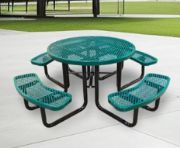

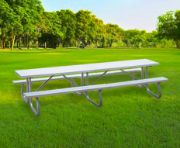
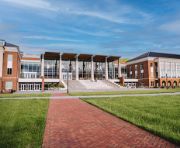

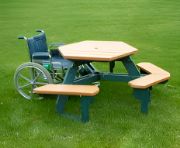
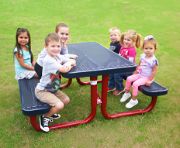
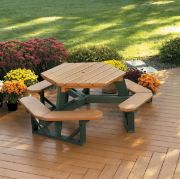
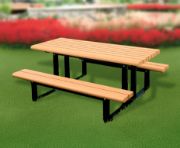
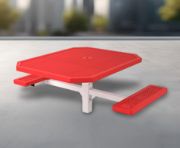
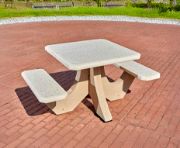
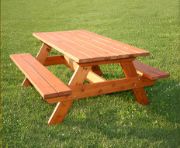
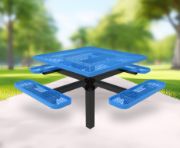
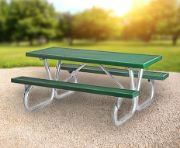
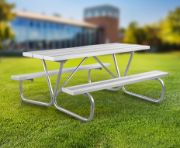
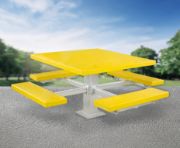
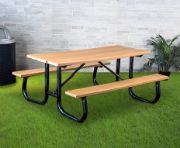
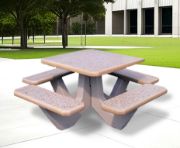
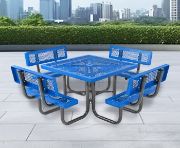
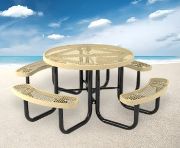
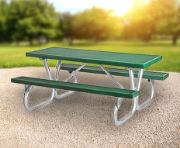
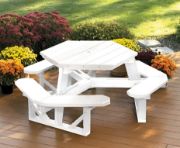
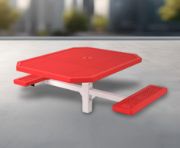
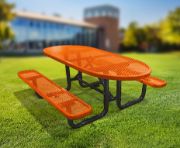
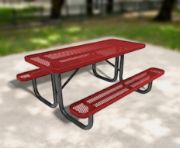
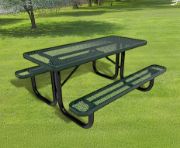
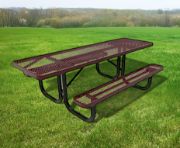
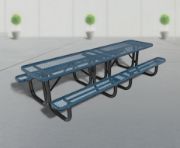
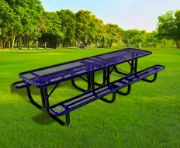

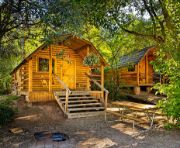
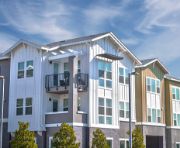



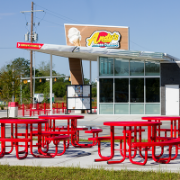
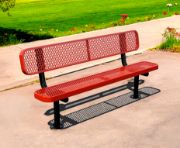
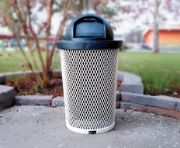
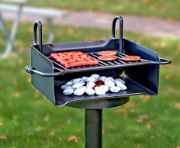
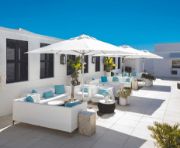
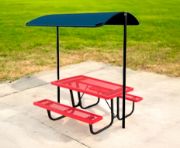
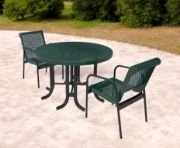
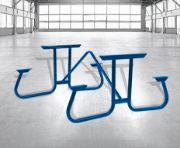
Leave your comment